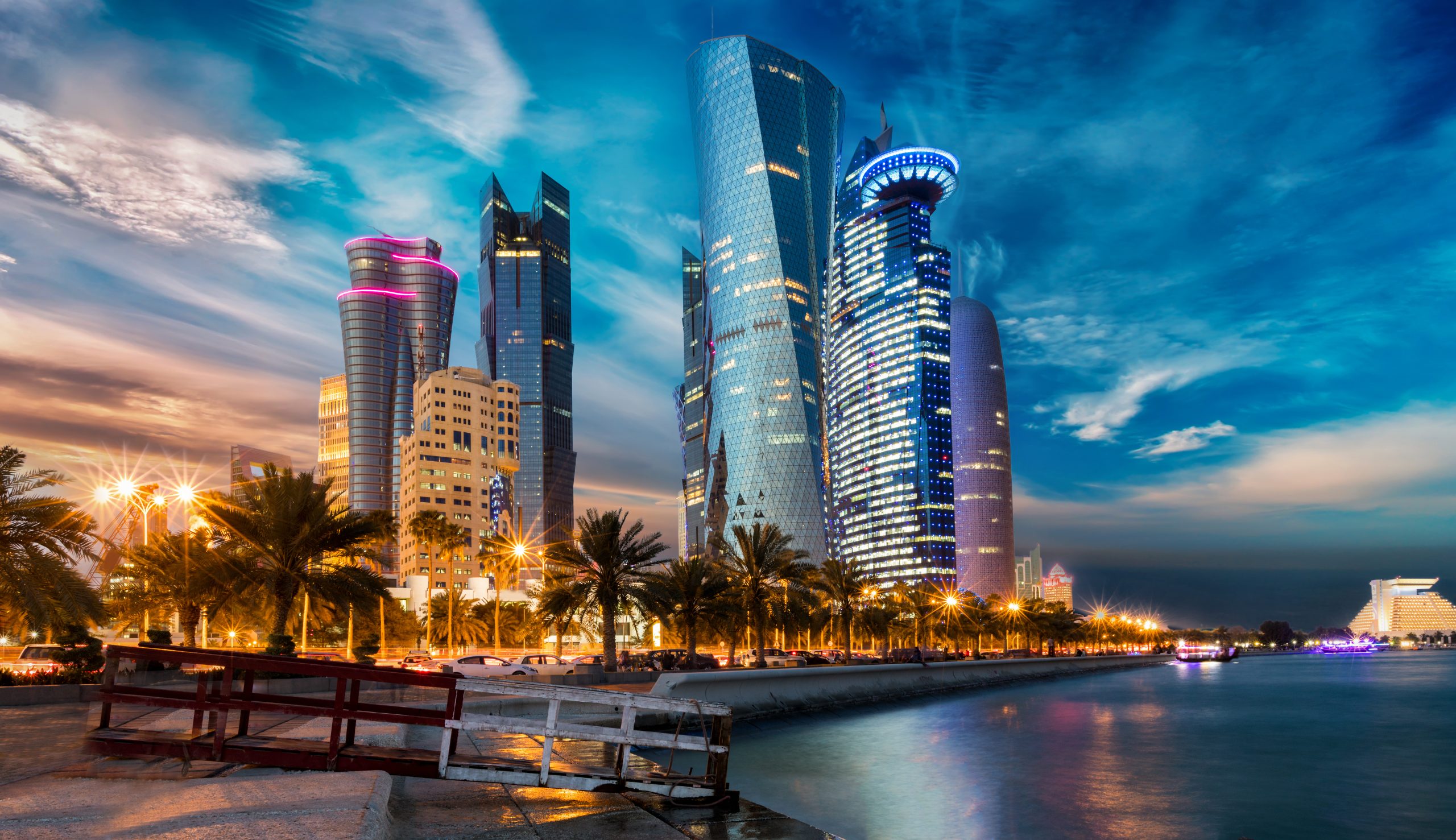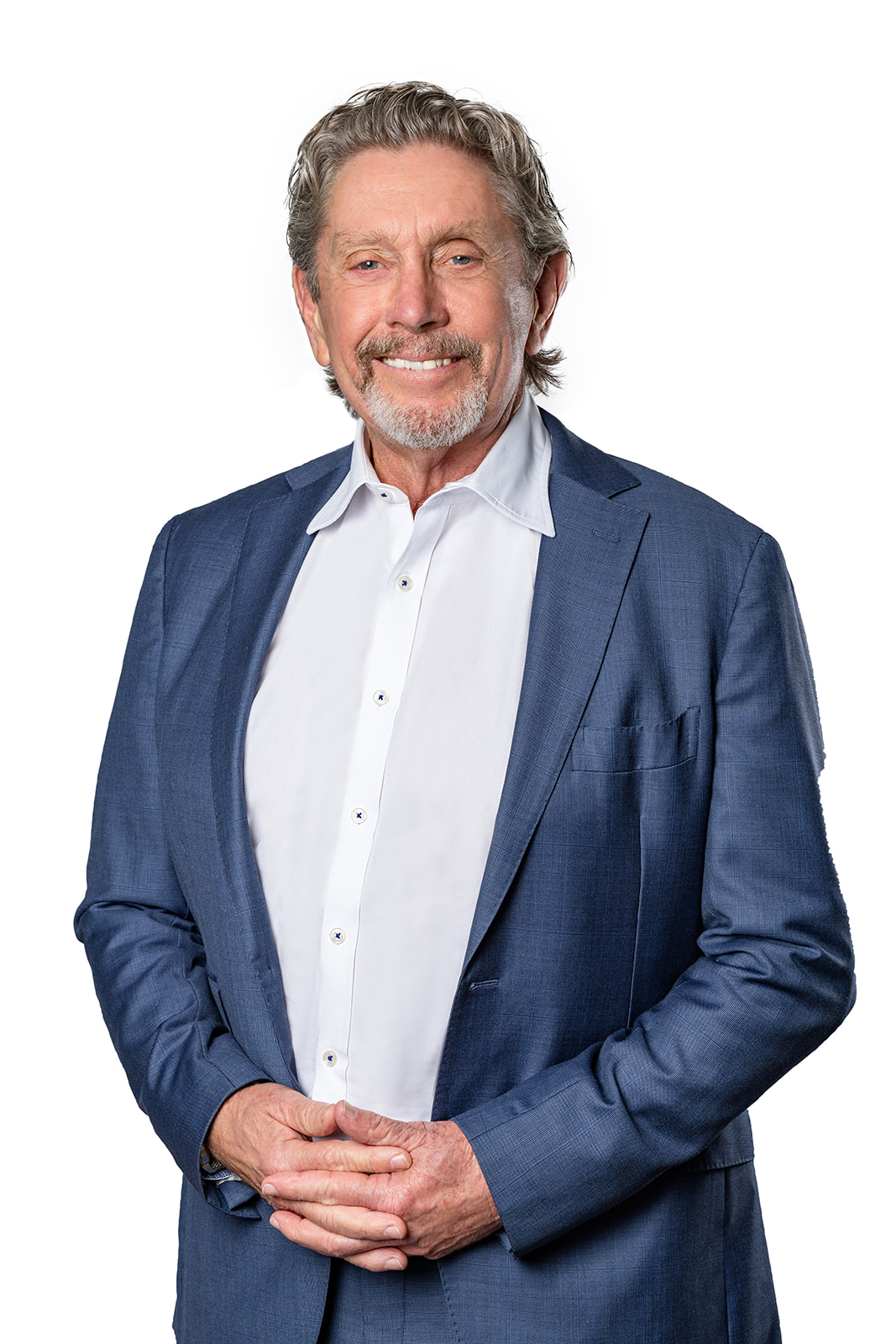Impact Investing’s Next Challenge
There’s now another major hurdle to the mainstreaming of impact investing.
Since the term “impact investing” was coined by the Rockefeller Foundation 15 years ago, the approach has challenged the common narrative that investors must settle for lower returns if they want to bring about change.
But there’s now another major hurdle to the mainstreaming of impact investing: standardising impact measurements to equip investors to make choices that best align with their goals.
“In financial markets, we have a whole infrastructure that allows any investor to make financial comparisons. But to determine impact we don’t yet have the same tools and resources available,” says Sophia Sunderji, research manager at the Global Impact Investing Network, an industry research and analytics nonprofit group.
Much like investors can compare mutual funds with similar styles and objectives, investors should be able to make decisions about investments by comparing impact, Sunderji says.
The challenge is twofold. The first is accurately measuring impact—it can take years for an investment to produce results, and it can be difficult to prove direct cause and effect.
Possibly even more challenging is standardising the data so that one investment’s impact results can be fairly contrasted with another’s.
But the industry is making strides. Sunderji is leading GIIN’s effort to establish a go-to industry resource for due diligence on impact. This involves establishing core metrics for each type of impact goal from infrastructure and education to climate change and ocean pollution. With a combination of industry research and detailed reporting by impact investments, GIIN is crunching the data and quantifying impact.
The objective is to standardize data—using factors relevant to the area of intended impact—on GIIN’s existing database called Iris Plus (IRIS+) to make it easily comparable.
For example, for impact investors who want to help the estimated 1.7 billion adults globally without access to basic financial services, relevant metrics may be how many loans were issued to small businesses in underserved areas or the number of people who accessed financial services for the first time. Such data are finely sliced and diced by factors such as gender, region, asset, or credit size to be more meaningful for comparative purposes.
GIIN’s standardization process also seeks to evaluate future outcomes, Sunderji says. An investor might issue an impressive number of microloans, but how many of their recipients went on to create successful enterprises?
Tools are also evolving to measure the impact of investing in opportunity zones, which were established in 2018 under the Tax Cuts and Jobs Act. The law provides capital-gains tax incentives for investments in opportunity zones, which are areas identified as economically distressed.
The industry has seen average annual capital growth in the past three years of about 17% to just over $700 billion, driven in part by rising interest among institutional investors. Last year, insurance companies and pension funds each accounted for about 4% of impact capital, up from nearly nil five years ago, according to GIIN.
“Institutional investors are fiduciaries—they are finance-first and impact-second because they can’t
be sacrificing returns,” says Vikram Gandhi, founder and CEO of New Delhi-based VSG Capital Advisors and senior lecturer at the Harvard Business School. “They wouldn’t be investing if they didn’t think they could make market-rate returns.”
A next big driver of capital will be the estimated $40 trillion in wealth that will transfer from baby boomers to younger heirs over the next two decades, Gandhi says, adding that subsequent generations are more than three times more likely to include impact investments in their portfolios.
As tools to measure and compare impact are honed, enabling investors to choose effective investments, it is not just the capital that will be magnified—but its effectiveness in bringing about change.
Reprinted by permission of Penta. Copyright 2021 Dow Jones & Company. Inc. All Rights Reserved Worldwide. Original date of publication: September 15, 2021
 Copyright 2020, Dow Jones & Company, Inc. All Rights Reserved Worldwide. LEARN MORE
Copyright 2020, Dow Jones & Company, Inc. All Rights Reserved Worldwide. LEARN MORE
Chris Dixon, a partner who led the charge, says he has a ‘very long-term horizon’
Americans now think they need at least $1.25 million for retirement, a 20% increase from a year ago, according to a survey by Northwestern Mutual
Employment grew for the 16th consecutive month as companies expanded.
According to a recent PMI report, Qatar experienced its fastest non-energy sector growth in almost two years in June, driven by surges in both existing and new business activities.
The Purchasing Managers’ Index (PMI) headline figure for Qatar reached 55.9 in June, up from 53.6 in May, with anything above 50.0 indicating growth in business activity. Employment also grew for the 16th month in a row, and the country’s 12-month outlook remained robust.
The inflationary pressures were muted, with input prices rising only slightly since May, while prices charged for goods and services fell, according to the Qatar Financial Centre (QFC) report.
This headline figure marked the strongest improvement in business conditions in the non-energy private sector since July 2022 and was above the long-term trend.
The report noted that new incoming work expanded at the fastest rate in 13 months, with significant growth in manufacturing and construction and sharp growth in other sectors. Despite the rising demand for goods and services, companies managed to further reduce the volume of outstanding work in June.

Companies attributed positive forecasts to new branch openings, acquiring new customers, and marketing campaigns. Prices for goods and services fell for the sixth time in the past eight months as firms offered discounts to boost competitiveness and attract new customers.
Qatari financial services companies also recorded further strengthening in growth, with the Financial Services Business Activity and New Business Indexes reaching 13- and nine-month highs of 61.1 and 59.2, respectively. These levels were above the long-term trend since 2017.
Yousuf Mohamed Al-Jaida, QFC CEO, said the June PMI index was higher than in all pre-pandemic months except for October 2017, which was 56.3. “Growth has now accelerated five times in the first half of 2024 as the non-energy economy has rebounded from a moderation in the second half of 2023,” he said.
Chris Dixon, a partner who led the charge, says he has a ‘very long-term horizon’
Americans now think they need at least $1.25 million for retirement, a 20% increase from a year ago, according to a survey by Northwestern Mutual





















